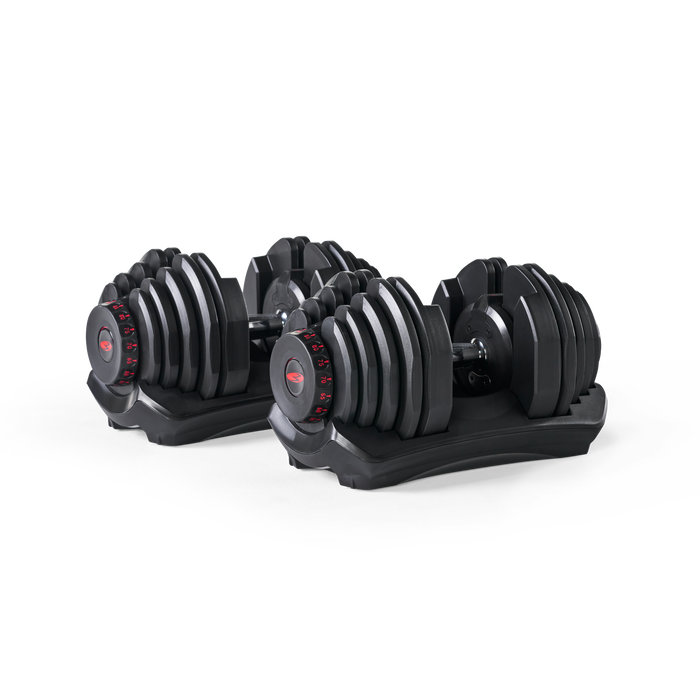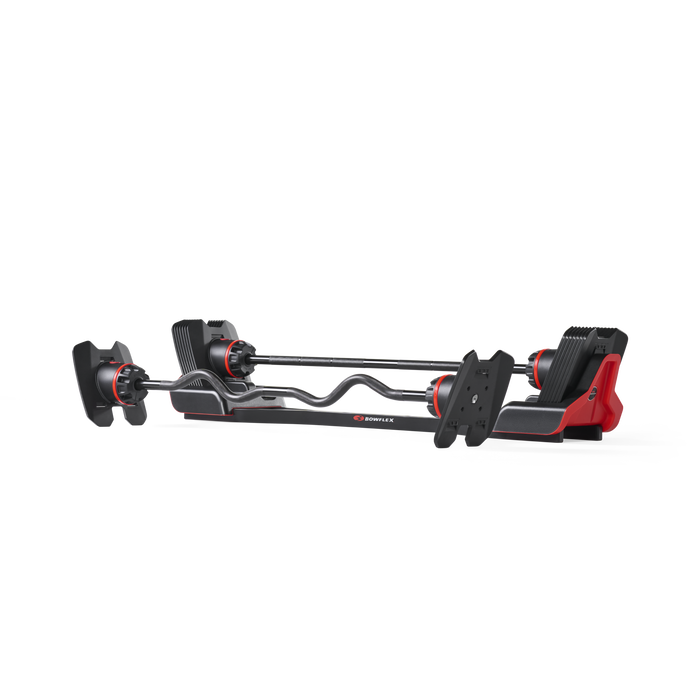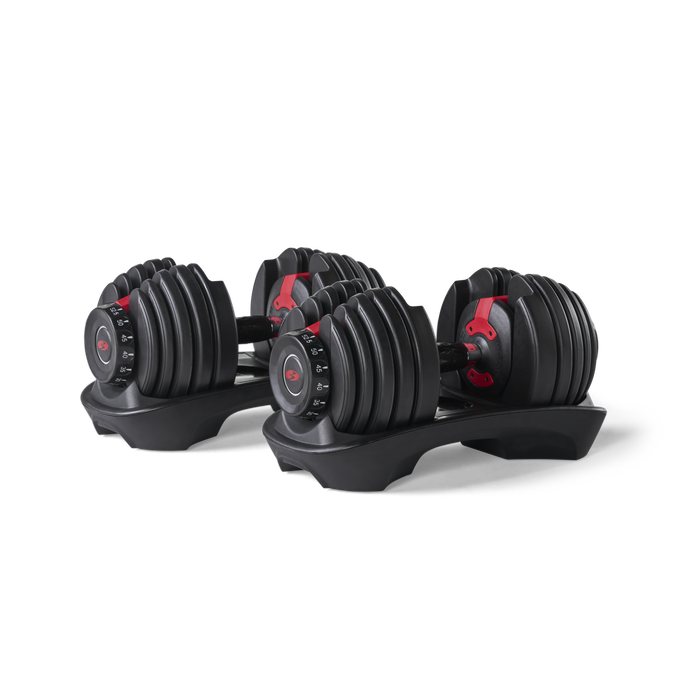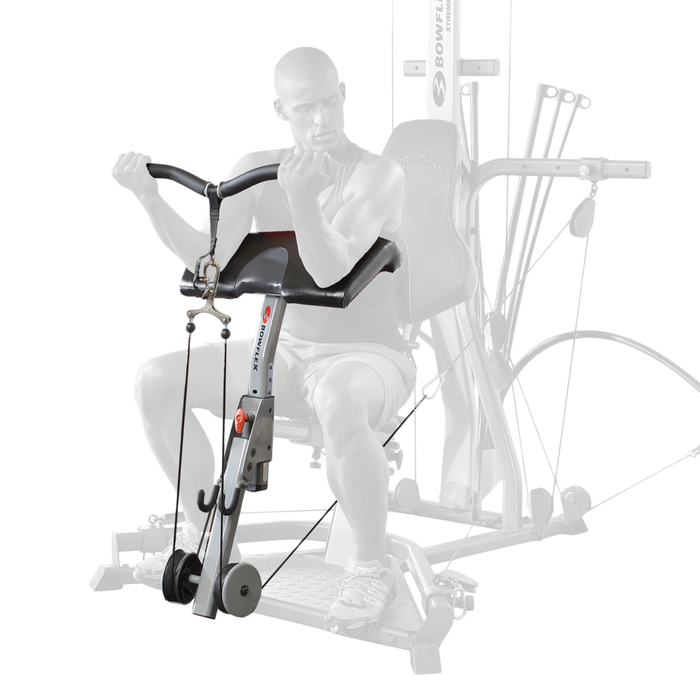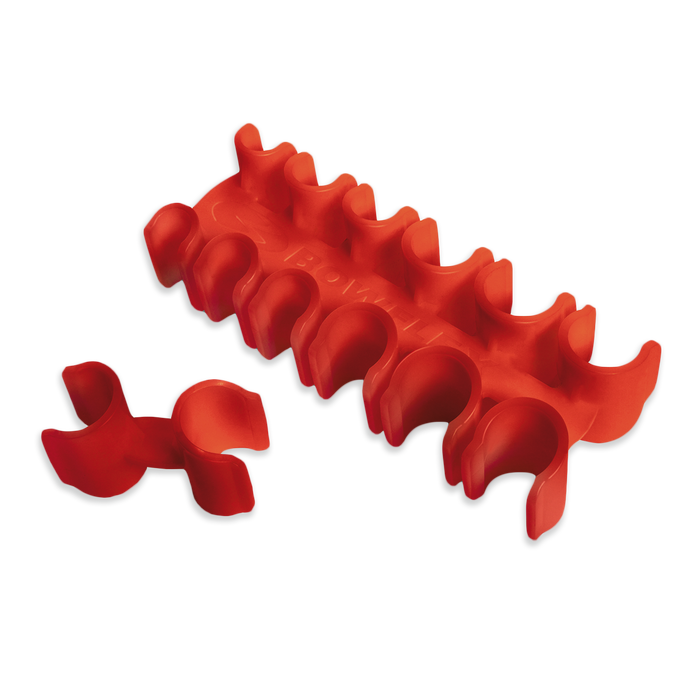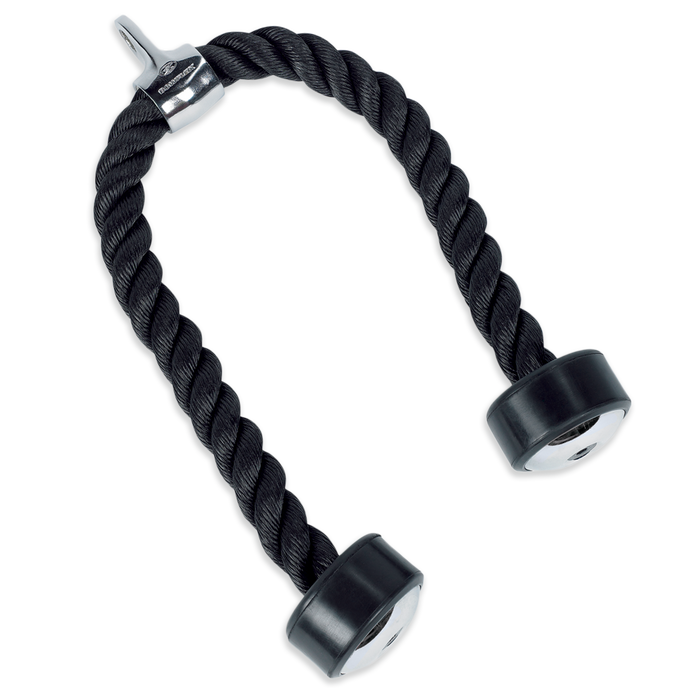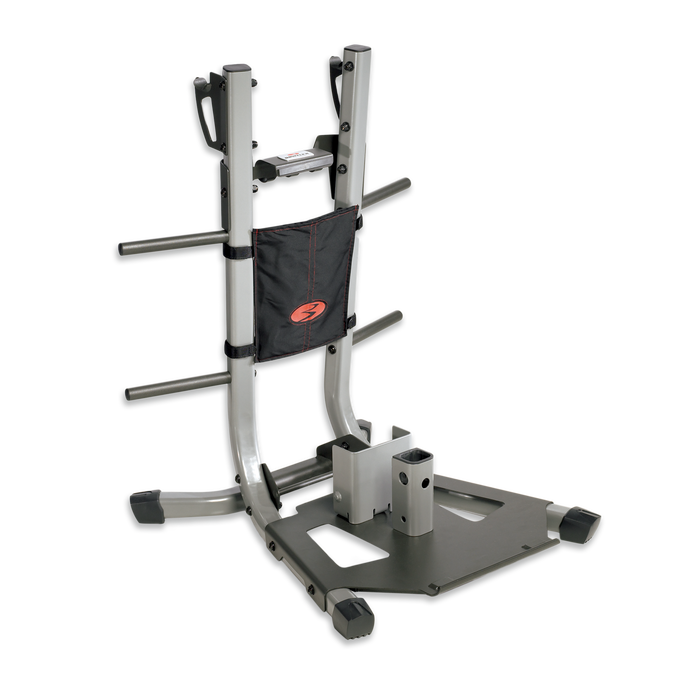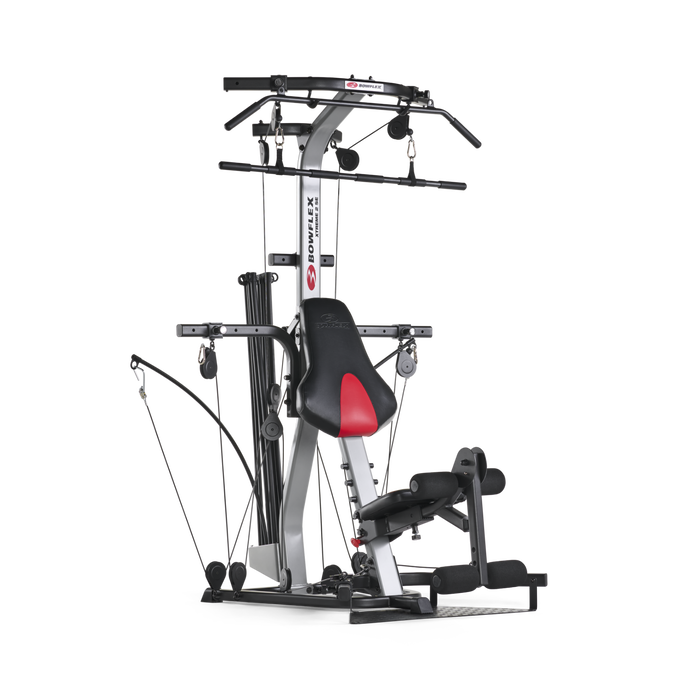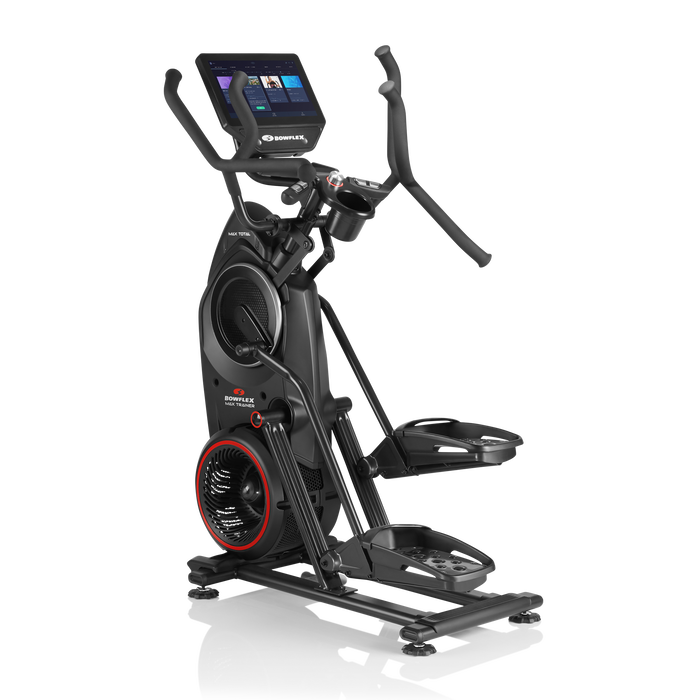Fit Tip: Top 4 Specific Workout Goals

When someone asks me how they should structure their personal workout routine, posing questions such as how many times per week they should work out, what strength exercises they should include, how much cardio they should shoot for and so forth, my initial two-word response is:
It depends.
The answer to all those questions depends on a variety of factors. One of the most important is to clearly identify what specific goal (or goals) you are trying to achieve. This is crucial to success. You must start with the plan that best suits the specific results you are trying to achieve. There is a method to the madness and exercise science is a big part of the structure and formula.
Here are four of the common workout goals along with a basic idea about how to achieve the desired results:
- Weight Loss: Losing weight is still one of the most common reasons people workout, and cardiovascular exercise has been the traditional method used by most to accomplish this goal, oftentimes at the expense of lifting weights. The best plan of attack, however, is to do a mix of both cardio as well as strength training. Cardiovascular exercise will burn calories, while engaging in resistance training will add to the caloric expenditure while also building metabolically-active muscle, helping increase the number of calories you burn all day long. A great starting point is to work out three times per week on non-consecutive days, performing a combination of cardio and full-body strength training during each session. For example, if you exercise for an hour you could split it up, doing thirty minutes of cardiovascular exercise and thirty minutes of strength training. To experience even faster results, you can add in additional cardio-only workouts on the days in between your strength and cardio sessions.
- Muscle-Building: Many people are now working out with the specific goal of building muscle, also known as “muscle hypertrophy.” Some are interested solely in aesthetics, others are looking to increase athletic performance, some want to increase their overall quality of life and others want a combination of the aforementioned benefits. When it comes to building muscle it should come as no surprise that strength training is the key. While you should still engage in cardiovascular exercise to strengthen your heart and experience numerous other positive health benefits, both physical as well as mental, the greater percentage of your workout time should be devoted to resistance training when the primary goal is to add more muscle. A good rule of thumb is to work each major muscle group two to three times per week, performing multiple exercises and sets for each and using challenging weights as well. Three possible options:
- You could do a full-body workout three times a week on non-consecutive days.
- Alternate doing upper body one day and lower body the next for six total workouts per week with one day rest.
- Perform a “three day split,” doing chest, shoulders and triceps on day one, back and biceps the next, legs on day three and repeating this framework to “hit” each muscle group two times per week with one day rest.
- Sports Performance: If your goal is to improve your athletic performance, your workouts should be designed with strength exercises and cardio workouts that address the specific muscle activation patterns involved and the physiological demands of that sport. For example, marathon runners will focus on lower body and core strength work and, yes, a significant amount of running. Powerlifters will engage in lower repetition and higher weight strength training work, while doing limited cardiovascular exercise.
- Losing Weight and Gaining Muscle: There are those who want to achieve the first two goals simultaneously, which is also known as body “recomposition.” While this can indeed be accomplished through a combination of strength work and cardiovascular exercise, the true focus of this goal is fat loss instead of pure weight loss. Building muscle will add to your overall body weight, even as you lose unwanted fat. Achieving this goal therefore requires a balanced mix of strength and cardio, along with consuming adequate amounts of protein, while measuring body fat percentage instead of simply body weight.
While strength training and cardiovascular exercise are both components of all well-rounded exercise programs regardless of the desired outcome, different workout goals do require different workouts.
You may also like
Fit Tip: A Beginner's Guide to Working Out


